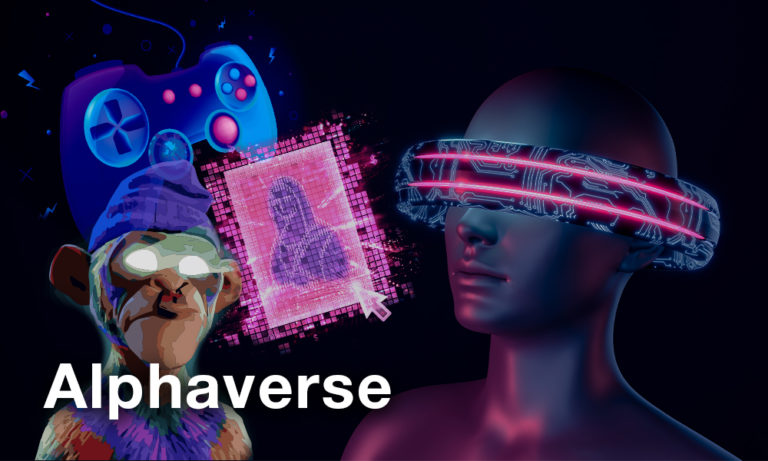Old Tech, Right Time.

Looking back at the “dot-com bubble,” one must remember that the thousands of projects that popped up that time were not necessarily wrong. They were just too early. Researchers have termed this “right tech, wrong time” syndrome.
In 2016-2017, blockchain applications suffered from a similar crisis. While they may have gotten the innovation right, the ecosystem wasn’t developed to support DeFi or gaming applications.
Blockchain gaming is impractical on Ethereum, which became obvious after the Crypto Kitties debacle. At the time, the infrastructure for creating dApps on Layer-2s was underdeveloped, and the industry lacked incentives for players.
With the development of the Layer-2s and emergence of GameFi with well-crafted earning mechanisms, the oldest play-to-earn gaming project, Cryptobots, is aiming for a comeback. Early investors can benefit from the game by flipping NFTs or acting as landlords of the play-to-earn (P2E) game.
Cryptobots is the first play-to-earn (P2E) blockchain launched at the peak of the 2017 hype. It had a similar design to most presently popular blockchain games, an NFT collection, and online battle modes.
Playneta, a Russian gaming company, developed the game in two months and had the first roll out in February 2018. A few of the games created by Playneta have over 50 million downloads, which speaks in favor of their experience in mobile gaming.
However, the team had to stop CryptoBots due to a lack of demand for the game in a bear market and low user awareness.
Fast forward to 2022, the team is relaunching the blockchain game with a new NFT collection. The NFTs will be issued on Ethereum. The team hasn’t specified the platform it’ll use for gaming, although hinted at a Layer-2 adoption.
Investment in the game comes with a lower risk to reward ratio than hundreds of other blockchain games because of their history with one of the earliest gaming NFT drops, giving them a stronger “meme.”
Moreover, since they were able to deliver the game within two months after their initial NFT sale, we can expect a similar speed of delivery this time as well. According to the team, the relaunch is planned for spring 2022.
The team has announced a new NFT collection, Genesis Bots, for their 2.0 venture. The drop date is Feb. 3, 2022.
The minting rights of the new collection are given to original collection owners, minting pass holders, and certain whitelisted community members.
The average price of the original collection, called Classic Bots, surged 3X after the announcement. Last week, the Classic Bots collection was the top traded NFT in the gaming category on the largest Ethereum marketplace, OpenSea.
Trading volume of gaming NFTs. Source: Non-Fungible.com
The Classic Bot owners can buy three NFTs from the new collection or exchange their NFT for the genesis collection. They should fill this form to get whitelisted for the upcoming drop. The floor price of Classic Bots is 0.32 ETH. However, I have less preference for this route because it gives access to only three NFTs and is more expensive than passes.
The mint pass cost is between 0.03 to 0.9 ETH, enabling you to mint between 3 to 90 Genesis Bots. At the time of the drop, this mint pass amount will be deducted from the cost of a bot NFT. For instance, to mint 9 NFTs it costs 0.9 ETH (minting price of the genesis bots is 0.1 ETH). Now, if you paid 0.09 ETH for the mint pass, you’d only pay 0.81 ETH at the time of sale, totalling 0.9 ETH.
CryptoBots will also have a token that the team will likely airdrop to NFT holders like other blockchain games.
As mentioned before, given Playneta’s experience in the mobile gaming space, a quick rollout of the CryptoBots game can potentially fare well in developing countries and help increase its user base like Axie Infinity. In such a scenario, the Genesis collection would quickly rise in value.
You can rent your NFTs to interested players and share the in-game token rewards from the game. Moreover, in all probability, early NFT holders will be eligible for token rewards.

